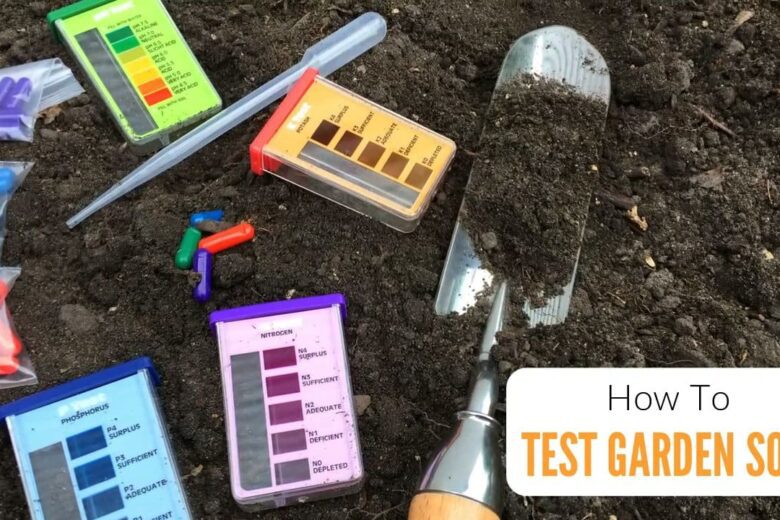How to test soil acidity- In order to identify soil acidity levels, it is important to observe the physical features of the plants growing in the soil. Excessively acidic soils can prevent essential nutrients from being absorbed by the plants and cause a number of issues.
To start collecting soil samples from your farmland and take them to Lab for possible tests or buying test kits may be demanding tasks to do and sometimes, we may need to tell the soil pH by mere observation just to save us a whole cost, here is a step by step guide on how to observe farm soil that is too acidic by observing plant physical features.
How To Test Soil Acidity Without Lab or Kit
Step 1: Inspect the leaves of the plants:
Excessively acidic soils can cause the leaves of the plants to appear yellow or pale in color. Look for brown or reddish spots on the leaves as well.
Read Also: Cost-Effective Soil Testing Method [No Home Soil Kit & Lab Test]
Step 2: Check the stems of the plants:
If the soil is too acidic, the stems may appear thin and brittle.
Step 3: Look at the roots of the plants:
If the soil is too acidic, the roots may appear stunted or discolored.
Read Also: How To Do Soil Test For Your Farmland [Laboratory And Home Kits Guide]
Step 4: Examine the soil itself:
Acidic soils can appear reddish or yellowish in color.
Step 5: Test the soil pH:
You can purchase a soil testing kit to get an accurate reading of the soil pH. Ideally, the pH should be between 6.5 and 7.5. If the pH is lower than 6.5, then the soil is too acidic.
Step 6: If the soil is too acidic, take steps to correct the soil pH:
You can add lime or sulfur to the soil to raise the pH. You can also add organic matter such as compost or manure to help balance the soil’s pH.
Step By Step Guide On How To Correct An Acidic Farmland Soil
- Test the Soil pH:
Begin by testing the soil’s pH level with a soil testing kit. This will give you an indication of how acidic the soil is.
- Add Lime to the Soil:
Lime is a naturally occurring mineral that can help neutralize the acidity in the soil. Spread a layer of lime over the ground and work it into the soil with a shovel or tiller.
- Test the Soil Again:
After applying the lime, test the soil again to determine if the pH has been corrected.
- Add Organic Matter:
If the soil is still acidic, add organic matter such as compost or manure to the soil. This will help to increase the soil’s pH level and improve its fertility of the soil.
- Test the Soil Again:
Test the soil again to make sure the pH level has been corrected.
- Monitor the Soil:
It is important to monitor the soil regularly to make sure the pH levels stay within the correct range. Re-apply lime or organic matter if needed.
Conclusion
By following these steps, you can observe farm soil that is too acidic by observing plant physical features. This will help you take steps to correct the soil’s pH and ensure your plants are getting the nutrients they need. So, if there is any question on how to test soil acidity, do let me know via the comment section below.




